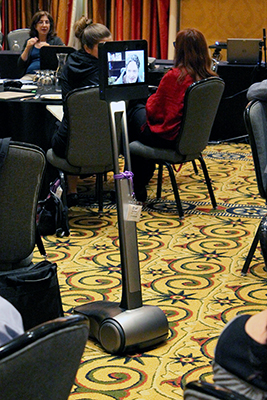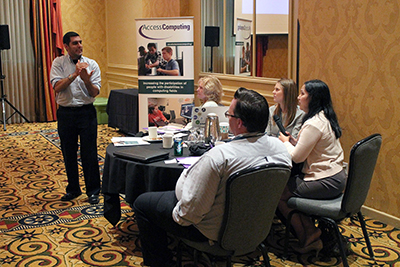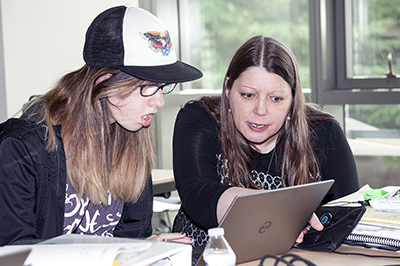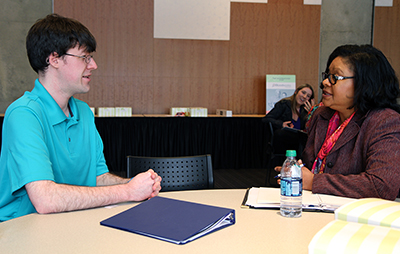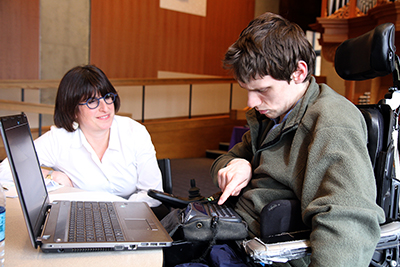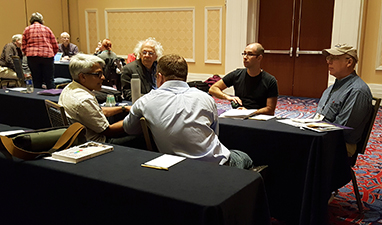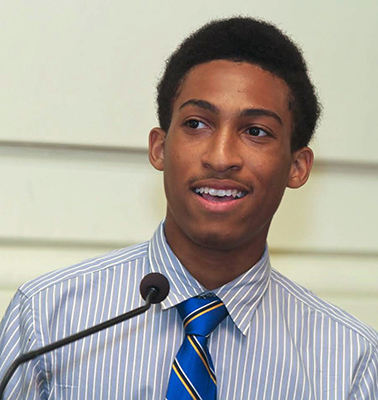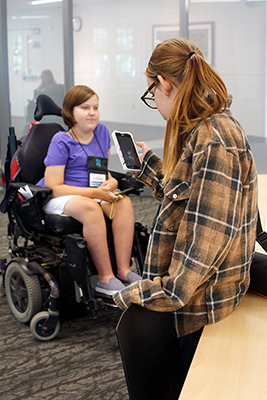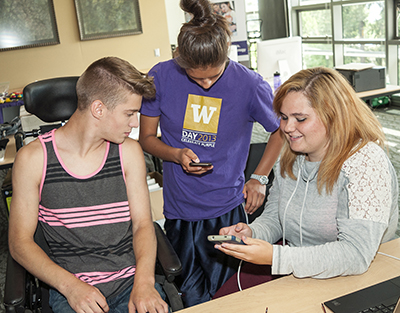Awards Abound for AccessComputing Partners (AccessComputing News October 2016)

AccessComputing is excited to see many of our partners receive significant awards from national organizations over the last year, including the following:
- DO-IT collaborator and AccessComputing Principal Investigator Richard Ladner received the 2016 Association for Computing Machinery (ACM) SIGACCESS Award for Outstanding Contributions to Computing and Accessibility for his significant and lasting contributions to the development of computing technologies that improve the accessibility of media and services to people with disabilities.
- AccessCSforAll PI and AccessComputing partner Andreas Stefik of the University of Nevada, Las Vegas was named a White House Champion of Change for Computing Education. For the last decade, he has been creating technologies that make it easier for people, including those with disabilities, to write computer software. AccessCSforAll collaborator Jane Margolis was also named a White House Champion of Change.
- AccessComputing and AccessEngineering partner Ayanna Howard of Georgia Tech received the Computer Research Association’s Habermann Award for her work increasing the participation of underrepresented groups in computing, including students with disabilities.
- AccessComputing and AccessEngineering partner Jonathan Lazar of Towson University received the SIGCHI (Special Interest Group on Computer Human Interaction) Social Impact Award. Within the area of human-computer interaction, Dr. Lazar is involved in teaching and research on web accessibility for people with disabilities, user-centered design methods, assistive technology, and public policy.
